Disclosure: This article contains affiliate links. We may earn a commission from purchases at no extra cost to you, which helps our travel content.
G'day, fellow wanderers! I've just returned from what might be the most photogenic spot in North Africa, and crikey, was it a beauty! Picture this: a hillside village where every building is painted pristine white and adorned with doors and window frames in the most striking shade of blue you've ever clapped eyes on. Sidi Bou Said in Tunisia is like something straight out of a fairy tale – if fairy tales featured mint tea, intricate metalwork, and the most spectacular views of the Mediterranean you could imagine. As an engineer, I was absolutely gobsmacked by the precision and thought behind the traditional Andalusian architecture. Every building element serves both form and function, creating this perfect harmony that's lasted centuries. So grab your sunnies and let me take you through this blue and white wonderland that's perfect for a romantic weekend escape, even if you're flying solo like yours truly!
The Historical Tapestry of Sidi Bou Said
Before we dive into the architectural wonders, let's get our bearings with a bit of history, yeah? Sidi Bou Said isn't just another pretty face – this village has stories to tell. Named after a 13th-century Sufi saint, Abu Said al-Baji, the town became a spiritual hub before transforming into an artistic haven in the early 20th century.
What makes this place special is how it preserves the Andalusian-Moorish influence that flowed from Spain when Muslims and Jews fled the Spanish Inquisition. They brought with them architectural techniques and artistic traditions that merged beautifully with local Tunisian styles. The result? This stunning blue and white masterpiece perched above the Gulf of Tunis.
I spent my first morning just wandering the cobblestone streets, running my hands along the textured walls, and thinking about the generations of craftsmen who perfected these building techniques. As an engineer, I was particularly chuffed to see how they solved drainage and ventilation issues while maintaining aesthetic harmony. The slight inward tilt of the buildings, the strategic placement of windows – it's all purposeful design disguised as beauty.
While exploring the historical context, I found having a proper guidebook invaluable. My Tunisia travel guide was dog-eared by the end of the trip, filled with my scribbled notes about architectural details I wanted to remember.
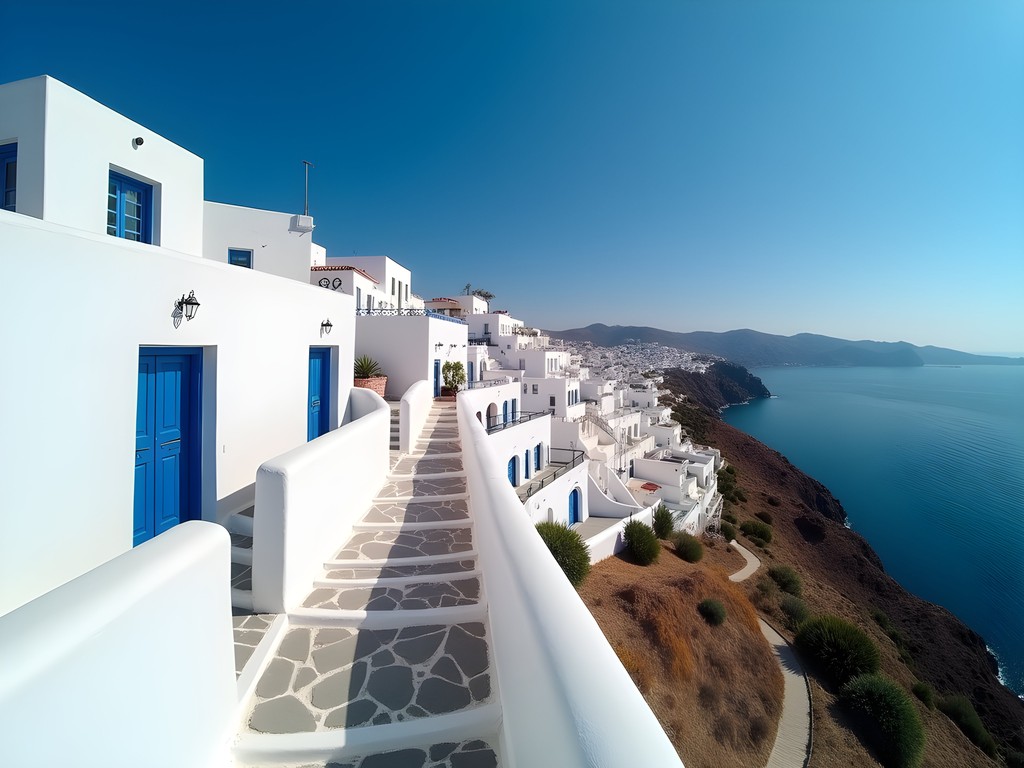
💡 Pro Tips
- Visit early morning (before 9am) to experience the village before day-trippers arrive
- Look for the small plaques that explain the historical significance of certain buildings
- The local historical society offers walking tours in English on Tuesdays and Fridays
Doors That Tell Stories: Architectural Marvels
If there's one thing that'll have you reaching for your camera every two seconds in Sidi Bou Said, it's the doors, mate. These aren't just entrances – they're works of art that tell the story of the families behind them. The standard format is a larger arched door with a smaller door inset (called a wicket door), all painted in that signature cobalt blue that pops against the whitewashed walls.
What fascinated my engineering brain was the nail work. Each door features hundreds of decorative studs arranged in intricate geometric patterns – originally designed to strengthen the wood against the Mediterranean climate but evolved into elaborate status symbols. The wealthier the family, the more complex the nail pattern. Some doors date back 300 years and are still functioning beautifully – talk about quality craftsmanship!
Behind these doors lie the real treasures: traditional courtyards called 'dar'. I was lucky enough to be invited into one by a local artisan, and fair dinkum, it was like stepping into another world. The central courtyard design creates natural cooling through air circulation – ingenious passive temperature control that modern architects are only now rediscovering.
For photography enthusiasts like myself, capturing these architectural details requires the right equipment. My compact zoom lens was perfect for isolating intricate door details and compressing the perspective of those gorgeous blue and white streetscapes.
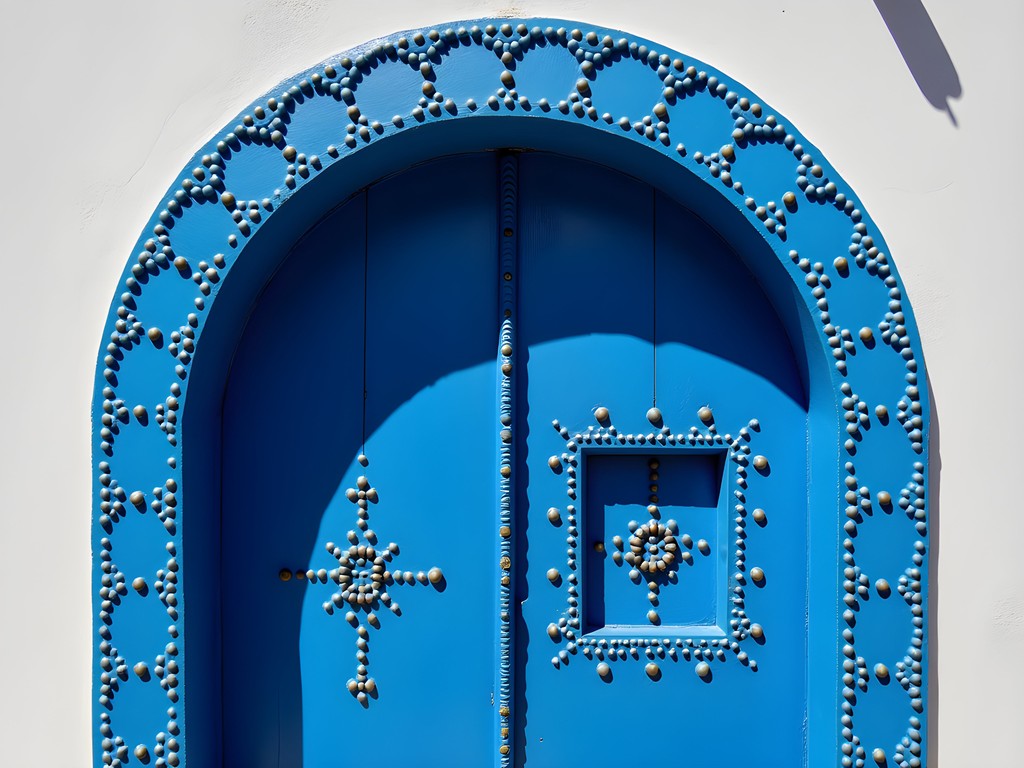
💡 Pro Tips
- Always ask permission before photographing locals or private property
- The most ornate doors are found on Rue Habib Thameur and Rue du 2 Mars
- Visit Dar El Annabi for a small fee to see a perfectly preserved traditional home interior
Cafés with Views: The Cultural Heartbeat
No visit to Sidi Bou Said is complete without parking yourself at one of its iconic cafés – and Café des Délices is the crown jewel. Perched on the edge of the cliff with panoramic views of the Gulf of Tunis, this is where I spent hours watching the world go by. The café has hosted artists, writers, and philosophers for decades, including Paul Klee and Simone de Beauvoir, who found inspiration in these same views.
The ritual here is simple but profound: order a mint tea (served in a small glass with pine nuts floating on top – fancy!) and let the scenery wash over you. The tea is served in traditional fashion, poured from height to create a frothy top. It's dead-set theatrical and makes for a ripper Instagram story if that's your thing.
What struck me was how these cafés serve as the community's living room. Locals and tourists intermingle, conversations flow between tables, and time seems to slow down. As someone who's always tinkering with machines and thinking about efficiency, this was a beautiful reminder that some experiences can't – and shouldn't – be optimized or rushed.
The café terraces are also perfect vantage points for stargazing after sunset. Being slightly elevated and away from major city lights, you can catch a decent view of the night sky. I brought my compact binoculars which are brilliant for both daytime views of distant coastlines and nighttime stargazing without lugging around a full telescope.

💡 Pro Tips
- Café des Délices gets packed at sunset - arrive at least an hour early to secure a prime view table
- Prices at the famous cafés are higher, but you're paying for the view and experience
- Order 'thé à la menthe' (mint tea) with pine nuts for the full traditional experience
Artisan Treasures: Bringing Home a Piece of Sidi Bou Said
Being a bit of a bargain hunter (my mates back in Australia would call me a tight-arse, but I prefer 'resourceful'), I was stoked to discover Sidi Bou Said's artisan scene offers quality craftsmanship at prices that won't make your wallet weep. The village is renowned for its traditional crafts, many using techniques unchanged for centuries.
The main drag is admittedly touristy, but duck down the side streets and you'll find workshops where artisans create bird cages ('kafas') of intricate metalwork – a traditional Tunisian craft. These aren't for actual birds anymore but serve as beautiful decorative pieces. I watched one craftsman bend and shape metal with tools that looked older than my grandad, creating patterns that would make any modern CAD designer jealous.
Ceramic workshops are another highlight, producing the blue and white pottery that echoes the village's color scheme. The geometric precision in these designs satisfied my engineering brain – symmetry, repetition, and mathematical patterns all playing out in clay and glaze.
My favorite find was a small workshop specializing in traditional perfume bottles ('mrabba'). Made from mouth-blown glass with silver filigree work, each piece is unique. I picked up several as gifts, knowing they'd be impossible to find back home.
For capturing the vibrant colors and intricate details of these crafts, I relied on my compact camera. Its macro capabilities and color reproduction are spot-on for documenting craftsmanship, and it's small enough to not intimidate artisans when asking for permission to photograph their work.
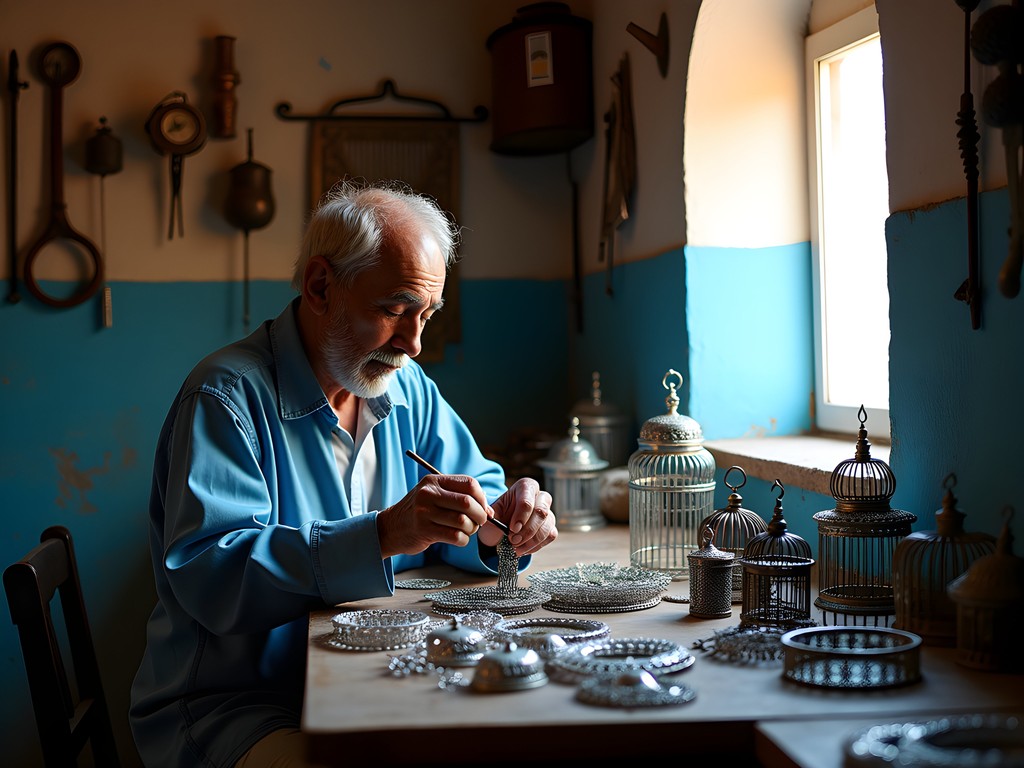
💡 Pro Tips
- Always haggle, but respectfully - start at about 60-70% of the initial asking price
- The best workshops are found on the streets behind Rue Habib Thameur
- Artisans are generally happy to demonstrate their techniques if you show genuine interest
Beyond the Blue: Day Trips and Hidden Gems
While Sidi Bou Said itself deserves your full attention, the surrounding areas offer some ripper experiences that complement the village perfectly. Just a 10-minute drive away lies Carthage, the ancient Phoenician city that once rivaled Rome. As someone fascinated by ancient engineering, I was gobsmacked by the sophisticated water management systems they created over 2,000 years ago. The Antonine Baths, with their complex hypocaust heating system, would impress any modern engineer.
If you're keen on more recent history, the Bardo Museum in nearby Tunis houses one of the world's most impressive collections of Roman mosaics. The precision and artistry in these ancient works blew my mind – some contain thousands of individual tiles per square meter, creating images so detailed they look almost photographic from a distance.
For a completely different vibe, head to La Marsa Beach, just a few kilometers away. This is where locals go to escape the heat, and the relaxed atmosphere makes for a perfect contrast to the more tourist-oriented Sidi Bou Said. I spent a cracking afternoon there people-watching and cooling off in the Mediterranean.
One hidden gem I stumbled upon was Dar Zarrouk restaurant. Slightly off the main tourist path, this place offers traditional Tunisian cuisine with a modern twist, served in a stunning setting with panoramic views. The slow-cooked lamb with prunes and almonds was an absolute ripper – worth every millieme (that's Tunisian currency for ya).
For these day trips, comfortable walking shoes are essential. My walking sandals were perfect for transitioning between archaeological sites, beaches, and restaurant terraces without missing a beat.
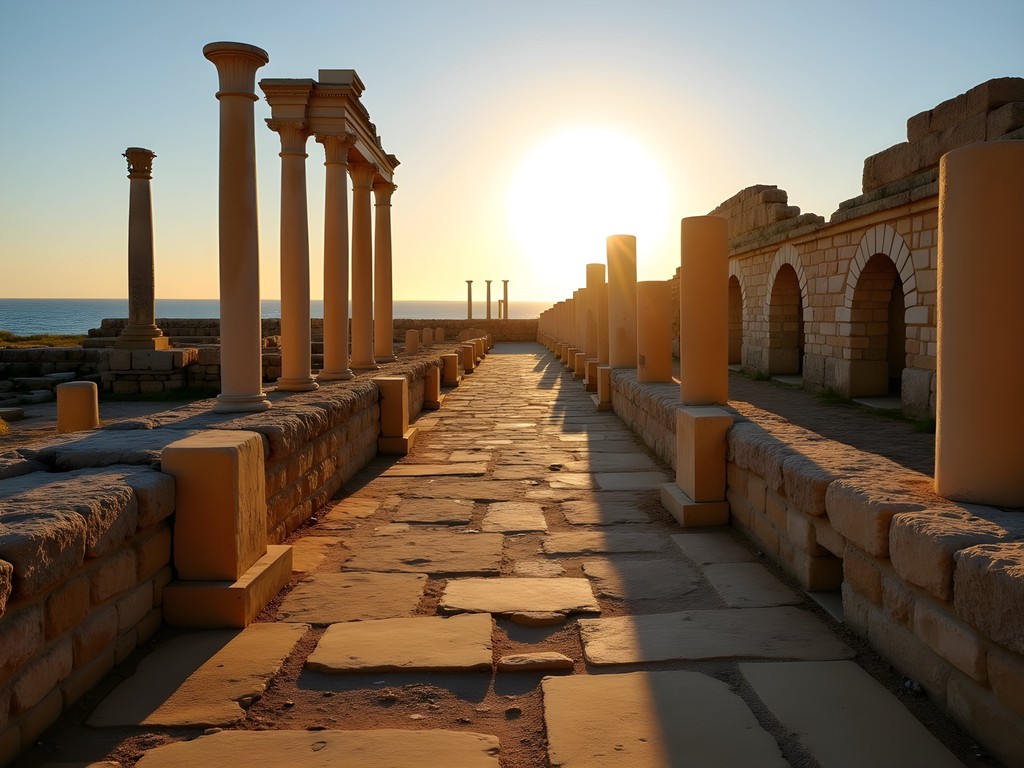
💡 Pro Tips
- Purchase a combined ticket for the Carthage archaeological sites to save money
- Visit the Bardo Museum on Monday when many other attractions are closed
- La Marsa is most enjoyable in late afternoon when local families come out for the evening promenade
Final Thoughts
As I hopped on my flight back to California, still buzzing from my Sidi Bou Said adventure, I couldn't help but reflect on how this little blue and white village had completely won me over. It's not just the picture-perfect aesthetics or the fascinating architectural details that got this engineer's mind racing – it's the way the village has preserved its soul while sharing it with visitors. Whether you're wandering hand-in-hand with your partner through the bougainvillea-draped streets or flying solo like me, Sidi Bou Said offers that rare combination of cultural authenticity, historical depth, and pure visual magic. So pack your bags, grab your camera, and prepare to be enchanted by Tunisia's blue and white wonder. Just remember to look beyond the postcard views to find the real heart of this special place. And when you're sitting at Café des Délices watching the sunset paint the Mediterranean gold, raise a glass of mint tea for me, will ya?
✨ Key Takeaways
- Sidi Bou Said offers a perfect blend of architectural beauty, cultural experiences, and Mediterranean charm ideal for couples
- The blue and white color scheme isn't just aesthetic – it reflects practical architectural solutions to the Mediterranean climate
- Spring visits offer ideal temperatures and fewer tourists than summer months
- The surrounding area provides excellent day-trip options to complement your Sidi Bou Said experience
📋 Practical Information
Best Time to Visit
March to May (spring) or September to October (fall)
Budget Estimate
$80-120 USD per day including mid-range accommodation, meals and activities
Recommended Duration
2-3 days, with an extra day for day trips
Difficulty Level
Moderate (Hilly Terrain With Many Stairs)
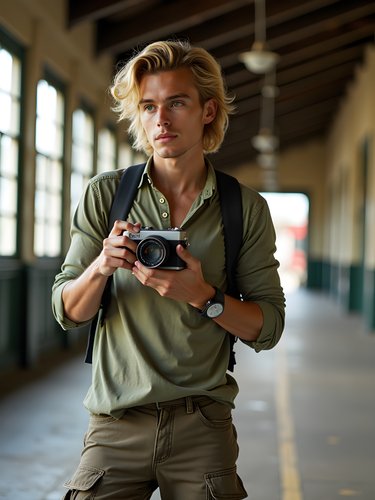
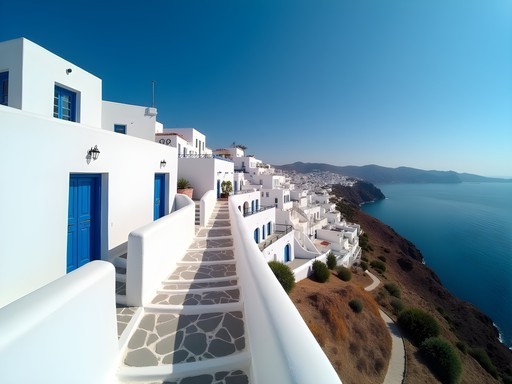








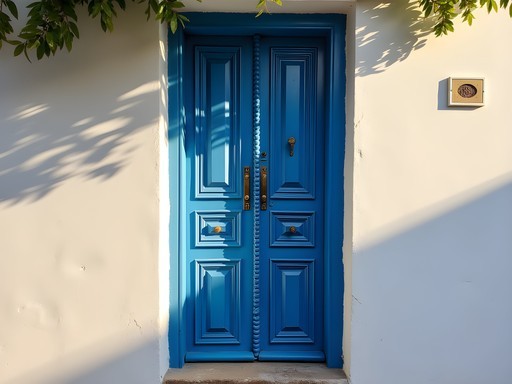





Comments
Savannah Walker
Alan, your post captures the essence of Sidi Bou Said perfectly! I backpacked through Tunisia last winter and spent three days wandering those charming blue and white streets. For anyone planning a visit, don't miss the local art galleries tucked away in the side streets - there's incredible talent there and prices are much better than in the main tourist shops. Also, if you have time, combine your visit with Carthage ruins nearby - they're just a short train ride away on the same TGM line and make for an amazing historical day trip. The archaeological site gives such fascinating context to the region's diverse cultural influences. Oh, and bring comfortable shoes - those cobblestone hills are steeper than they look in photos!
Douglas Bradley
Excellent write-up, Alan. What fascinates me about Sidi Bou Said is how it represents a perfect fusion of Andalusian and Ottoman architectural elements while maintaining its distinct Tunisian character. I spent three days there last year documenting the different door styles and ironwork patterns for a research project. The blue isn't just aesthetic—it has historical significance as a protective color against evil spirits in Mediterranean folklore. If anyone's planning a visit, I'd recommend staying overnight. The crowds thin out after 4pm when the day-trippers leave, and the sunset views from Café des Délices are absolutely spectacular. Also worth noting that many buildings are private residences, so always be respectful when photographing doorways where people live.
Alan Smith
Great insights, Douglas! I wish I'd stayed overnight now. The historical context about the blue color is fascinating - I had no idea about the protective significance.
wanderadventurer7158
Douglas - any recommendations for affordable places to stay overnight there?
Douglas Bradley
@wanderadventurer7158 Dar Said is lovely but pricey. For more budget-friendly options, check out guesthouses in nearby La Marsa (just one stop away on the TGM) and commute to Sidi Bou Said. You'll get more authentic experiences and better prices while still being close by.
bluefan
What camera did you use for these gorgeous shots? The colors are so vibrant!
Alan Smith
Thanks! I used my mirrorless camera with a 24-70mm lens. But honestly, Sidi Bou Said is so photogenic that even smartphone photos come out looking amazing!
backpacklover
Did you feel safe as a solo traveler? Any tips for someone going alone?
Alan Smith
Absolutely felt safe! Sidi Bou Said is very tourist-friendly. Standard precautions apply - keep valuables secure and be aware of your surroundings. The locals were incredibly welcoming. I'd recommend learning a few basic Arabic phrases - goes a long way with the locals!
roamguy5462
We did the public transportation too and it was great. Just be prepared for the uphill climb once you get there! Those narrow streets are steep but totally worth it. The bambalouni (Tunisian donuts) from the street vendors made for perfect fuel!
globeninja
How difficult was it to get there from Tunis? Did you hire a driver or take public transport?
Alan Smith
I took the TGM light rail from Tunis - super easy and cheap (less than $1)! It runs every 15 minutes and takes about 30 minutes. Just get off at the Sidi Bou Said station and walk up the hill.
globeninja
Perfect! I'm always wary of taxis in new places. Good to know there's reliable public transport.
escapehero
Those photos are insane! The blue against white is so striking!
adventurenomad9495
Just booked my trip to Tunisia for October and Sidi Bou Said is top of my list! Any recommendations for less touristy cafés with good views? Café des Nattes looks amazing but I've heard it gets packed.
beachwanderer
Try Café Sidi Chabaane! It's a bit further down but has equally stunning views and fewer tourists. The bambaloni (fried donuts) there are delicious too!
Amit Sullivan
Alan, your photos brought back wonderful memories! I visited Sidi Bou Said back in 2018 and was similarly enchanted by those magnificent blue doors and intricate ironwork. There's something about the way the Mediterranean light plays against those whitewashed walls that simply can't be captured in words. Did you get a chance to visit the Ennejma Ezzahra palace? The musical instruments collection there is fascinating, and the gardens offer some of the best views over the Gulf of Tunis. Cheers from Wellington!
Alan Smith
Thanks Amit! I did visit Ennejma Ezzahra - absolutely magnificent! Those gardens were the perfect spot to escape the midday heat. Next time I'll try to catch one of the music performances I heard they sometimes host there.
wanderadventurer7158
What's the best time of year to visit?
Amit Sullivan
@wanderadventurer7158 Spring (April-May) or autumn (September-October) are ideal. You'll avoid the summer crowds and scorching heat, plus the light is perfect for photography during those seasons.
wanderadventurer7158
OMG those blue doors are EVERYTHING! Adding this to my bucket list right now!
Venture X
Premium card with 2X miles, $300 travel credit, Priority Pass